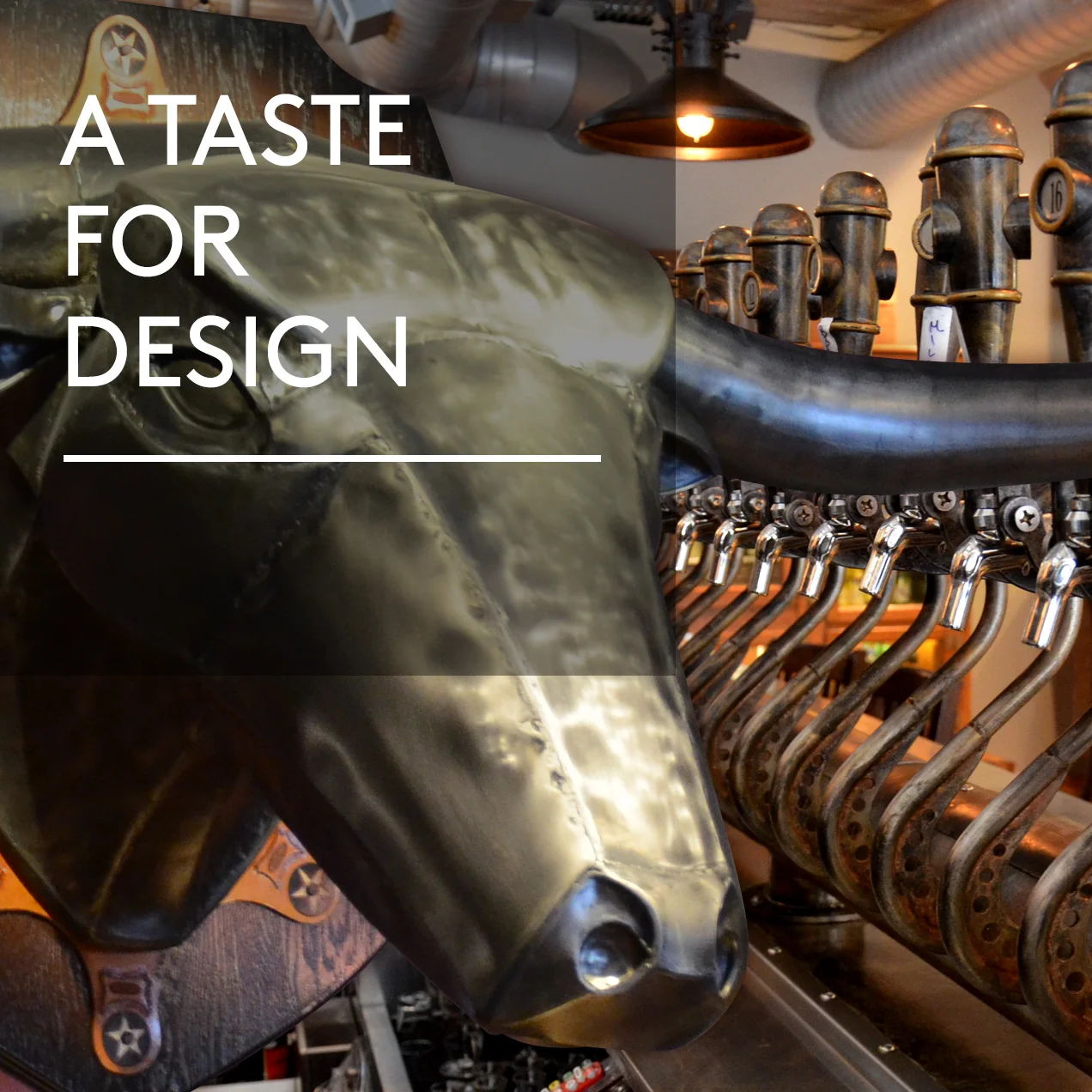Missouri Company Makes a Difference, One Chocolate Bar at a Time
/Ever year, Shawn Askinosie makes the 45-hour trek from Springfield, Mo., to Davao, a city in the southern half of the Philippines. It’s one of four trips the lawyer-turned-chocolate-maker takes annually to visit the farmers who grow his cocoa beans.
“Most of farmers we work with have never met chocolate makers,” Askinosie said. “It’s very uncommon for cocoa farmers anywhere in the world to really have an opportunity to taste the final product made with their cocoa beans.”
That’s not the case with Askinosie Chocolate. Since making its first bar in 2007, the company has relied on direct trade with farmers in four countries to source its cocoa beans.
For the founder of the Missouri company, the advantages of cutting out the middlemen and streamlining the buying is a win for everyone involved.
The Skinny:
- Fun Fact: Peter Cruz, the head of the Davao co-op is known as pastor Peter because he uses biblical principles to teach farming practices.
- Askinosie Chocolate
- 514 E. Commercial
Springfield, MO 65803 - Shop
- Tour the factory
- 417-862-9900
“It’s better flavor for us and better economics for the farmers,” Askinosie said.
Not only is Askinoise Chocolate able to pay the farmers directly for their beans, but the company is also able to track each crop of beans through production and share profits from sales with the respective farmers.
Shawn Askinosie (middle) left for Davao in early November, two days after the typhoon landed. Luckily, most of the farmers he works with were spared any major damage.
Then there’s the chocolate. During each visit, Askinosie meets with farmers like Peter Cruz, a trained agronomist who leads the farming cooperative in Davao, to roast cocoa beans and taste the chocolate crafted with their beans in Missouri.
After the taste test, the conversation turns to how to improve fermentation and drying: two processes that directly impact flavor of the cocoa beans, and consequently the chocolate.
“We want there to be some acidity, because that’s in many ways what gives chocolate its complexity. We wouldn’t want to remove all of those things because then it would be boring,” Askinosie said. “We talk about these kind of nuances in flavor, and how they’re impacted by what the farmers do on the ground.”
The benefits of direct trade radiate far beyond the farm fields. After visiting an elementary school in Davao in 2011, Askinosie learned that many of the students suffer from malnutrition.
“As a chocolate maker, I knew there would be an opportunity to be exposed to need and to have a greater meaning in the work we were doing besides making really great chocolate,” he said.
In response, he helped the school set up a lunch program funded by the sale of Tableya, a traditional Filipino hot chocolate drink. The parents and teachers prepare the drink, and Askinosie sells it. All the proceeds go back to the school to buy meals for the students.
In the two years since the program was founded, achievement test scores have risen 25 percent, and the number of malnourished children has dropped from 100 students to 30.
For the socially-conscious Askinosie, the lunch program is just another reason why direct trade is the only way he wants to source cocoa beans for his chocolate.
“It brings us closer together,” he said. “It allows us opportunities to experience the farmers in a way that we might not otherwise. We can experience their hospitality, we can get to know them and they can depend on us. It allows us to be exposed to various needs in their community. I’m not sure I would have ever been aware of a need in their local school, if I hadn’t been practicing direct trade.”
Tableya: Filipino hot chocolate
In November, Shawn Askinosie flew to the Davao for a week to visit the cooperative of farmers who grow cocoa beans for him. Below, he shares photos and highlights from his trip, including an act of generosity from the farmers that moved him.
“Upon arrival at the co-op I was greeted warmly by the chairman, and soon all of the board of directors were gathering around. First order of business: drink some Tableya (from their beans of course) and snack on some homemade rice cakes," Askinosie said.
“By now, we know each other. I can sense an even greater level of trust than when I was here a year ago. We roasted a random sample of cocoa beans twice to gauge it just right and balance the high heat that unlocks flavor without burning them. We cooled them in the basket before everyone had a chance to taste them.”
“It was raining really steady all day today — the after effects of the super typhoon. I was struck by how resilient all of the farmers were about the current plight of their fellow countrymen. They are used to suffering, managing to get by and also re-building. This recent super storm however is too much to fathom, even for them," Askinosie said. “We took random moisture content samples [of the beans]. This is important because beans [with too much moisture] will begin to mold during the near 45-day journey in a container ship before reaching Springfield, Mo. Some of these beans sponged up the moisture from recent super typhoon given the rudimentary storage conditions the farmers can afford. I’ve never had weather play a role in the possible quality outcome of the chocolate.”
“The chocolate tasting went great and ended with a nice surprise: I brought our farmers a big hunk of peppermint bark to taste. I think they fell a little bit in love with the bark. They really loved it.”
“The farmers voted at the profit share meeting to send 10 percent of this profit share to the relief efforts supporting victims of the recent deadly typhoon," Askinosie said. "I am in awe of their generosity."
“These pictures are of beans drying in the sun in raised drying beds," Askinosie said. "We toured this facility and my favorite shot is of the lady with the rake, a hat and several colorful scarfs. It is hot as hell, but this outfit seems to help keep them cool while drying the cocoa beans.”
During his most recent trip to Davao, Askinosie visited one of the farms to see the organic practices being used, including natural, organic fertilizers such as seaweed, goat manure and fish entrails stored in plastic containers.
“They have really done quite well at preventing disease with not a lot to work with,” Askinosie said.
“I visited every single classroom in the school and handed out chocolate to each child and teacher. While visiting the classrooms I had the chance to see the lunch program in action," said Askinosie. "The Malagos Elementary School administrators and district supervisor said achievement test scores have risen 25 percent. They consider this in large measure due to the lunch program!"
Two packages of Tableya equal enough money to purchase 225 meals for the students. After two years of sales, 240,000 meals have been served, school attendance has increased and 90 percent of the students have gained weight.

























